Polyethylene fabric, more often referred to simply as PE fabric or PE cloth, is a highly versatile synthetic textile made from polyethylene, a plastic material that is globally ubiquitous. Over time, it has emerged as exceptionally valuable in fields extending from specialized clothing and industrial packaging to the agricultural and medical sectors, primarily because of its extraordinary durability, unique properties, and cost-effectiveness. Polyethylene fabrics boast virtues such as being remarkably lightweight, possessing high strength, offering excellent water repellency, being inherently flexible, and maintaining a relatively low cost. In today’s industries, where there are high demands for innovative and practical materials, PE fabric presents a highly suitable solution for a myriad of uses, proving its significance in modern textiles.
What is PE Fabric? Defining Polyethylene Fabric
PE fabric, or polyethylene fabric, is a textile material manufactured from polyethylene polymers. To understand “what is polyethylene fabric,” it’s crucial to know how it’s made and its core characteristics. These polyethylene polymers are typically converted into fine pe fibers or thin sheets, which are then either woven, knitted, or bonded to form the final fabric.
The manufacturing process essentially applies techniques like melt spinning, in which molten polyethylene granules are extruded through tiny spinnerets to form continuous thin threads or filaments. These polyethylene fibers are then stretched, cooled, and subsequently processed into yarns or directly into non-woven sheets that can be further texturized to achieve the desired feel, texture, and toughness.
The distinguishing characteristics of PE fabric are directly derived from the peculiar properties of polyethylene itself:
- Extremely Lightweight: Polyethylene fabrics are among the lightest synthetic fabrics available, making them comfortable for wear and easy to handle in industrial applications.
- Highly Water Repellent/Waterproof: The inherent hydrophobic (water-repelling) nature of polyethylene makes PE fabric virtually waterproof or highly water-resistant. This is a crucial property for protective applications.
- High Strength and Tear/Puncture Resistance: Despite its lightness, polyethylene fabric does not easily get torn, stretched, or punctured, especially fabrics made from higher-density PE fibers or specialized weaves.
- Fine Texture and Finish: Depending on the manufacturing process, PE fabric can possess a smooth or fine texture, making it suitable for applications where hygiene or resistance to moisture is paramount.
- Chemical Resistance: Polyethylene fabrics exhibit good resistance to many chemicals, acids, and bases.
- Durability and Longevity: PE fabric is highly durable and resistant to mildew, rot, and insects, ensuring a long lifespan even in demanding environments.
The “pe fabric meaning” encapsulates these unique attributes, setting it apart from other textiles.
Understanding Polyethylene Fabric in Clothing
While perhaps not as common in mainstream fashion as cotton or polyester, polyethylene fabric fits perfectly as a clothing fabric material in specialized apparel that requires waterproofing, high durability, and an extended product life cycle. Polyethylene fabric clothing is notably lightweight, making it comfortable to wear without affecting performance or adding bulk.
It is widely applied to the manufacture of:
- Raincoats and Windbreakers: Its inherent water resistance is essential for outerwear designed to protect against the elements.
- Protective Overalls and Workwear: For industries where workers need protection from moisture, chemicals, or require lightweight yet durable garments.
- Specialty Apparel: This includes medical protective suits, isolation gowns, cleanroom apparel, and safety wear where non-porosity, ease of cleaning, and barrier properties are critical.
- Disposable Garments: Its cost-effectiveness for single-use applications is a significant advantage.
While it may not always be celebrated for its aesthetic qualities in high fashion, polyethylene fabric clothing provides exceptional utility, especially in scenarios where functionality, water resistance, and durability under specific conditions are prioritized. Its ability to provide barrier protection while remaining relatively inexpensive makes it a practical choice for both casual and demanding work environments.
Diverse Uses of Polyethylene Fabric
Beyond specialized apparel, PE fabric boasts a broad spectrum of uses across numerous industries, leveraging its unique properties. A few of these significant applications are listed below:
- Industrial Packaging: PE fabric is widely used in industrial bags, sacks (e.g., woven PE sacks), bulk bags (FIBCs), and wraps owing to its high strength, tear resistance, and waterproof nature. They reliably preserve goods against moisture, dust, and dirt during storage and transit periods, from construction aggregates to agricultural products.
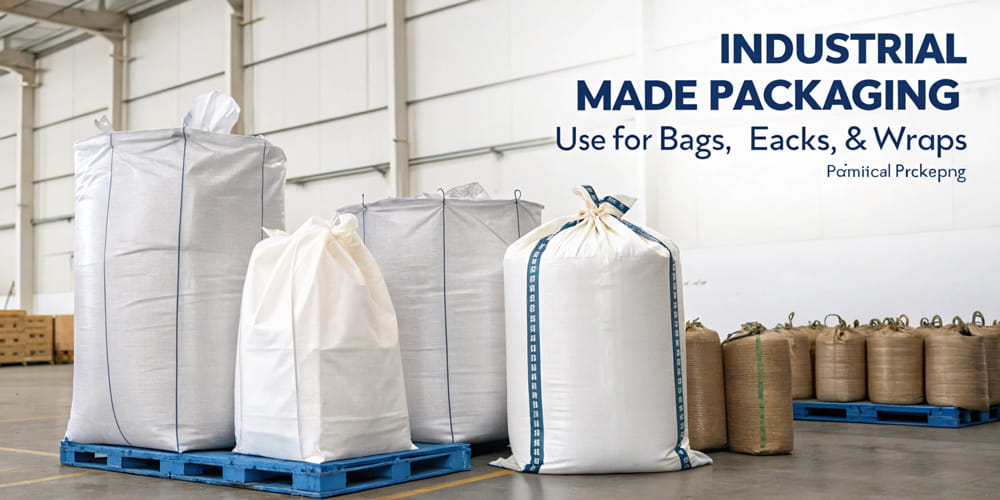
- Agriculture: Within the horticulture and agricultural industries, polyethylene fabric is extensively used for greenhouse covers, shade cloths, and tarpaulins. This helps to control temperature, provide UV protection, mitigate the effects of harsh weather on crops, and create the optimal atmosphere for crop production. Its durability ensures long-term use in outdoor conditions.
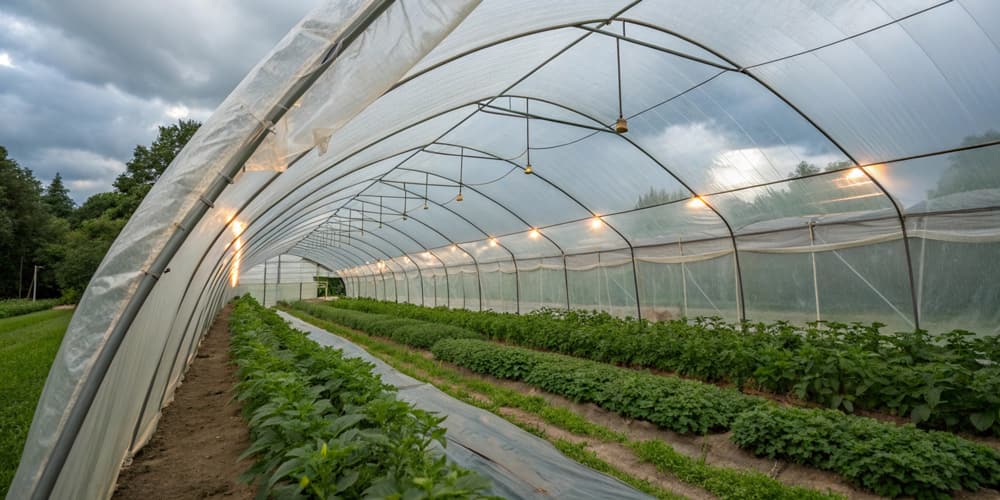
- Medical Applications: In the healthcare sector, PE fabric is applied in a variety of disposable and protective items such as surgical aprons, isolation gowns for patients and staff, patient bed sheets, and healthcare facility curtains. Because it is water-resistant, non-porous, and can be easily sterilized or disposed of, it is crucial for maintaining hygiene and preventing contamination in medical environments.

-
Construction: Polyethylene fabrics are used as temporary coverings, vapor barriers, ground liners, and protective sheeting on construction sites due to their water resistance, durability, and cost-effectiveness.
-
Geomembranes: Certain forms of PE fabric (especially those made from HDPE or LLDPE) are used as geomembranes for lining landfills, ponds, and reservoirs, providing an impermeable barrier.
- Outdoor Covers: From pool covers and boat covers to general-purpose tarpaulins and outdoor furniture covers, PE fabric offers excellent protection against weather elements.
This fabric also has the beneficial characteristic of being environmentally manageable in some situations. Even though it is inherently not a biodegradable material, it falls within the category of recyclable products, which makes its environmental management relatively less harmful if well-controlled through proper collection and recycling processes.
Is Polyethylene Fabric Safe? Safety Profile and Environmental Aspects
The safety of PE fabric has been well-established through extensive use and rigorous testing over decades. Its widespread adoption in sensitive applications, including medical and food contact, attests to its robust safety profile. Several factors contribute to why “polyethylene fabric is safe”:
- Processing Quality: High-quality manufacturing processes ensure that the fabric meets stringent safety standards and remains free from harmful additives, heavy metals, or residual monomers. This is particularly crucial for medical-grade applications and polyethylene fabric clothing that comes into direct skin contact.
- Chemical Stability: At room temperature and under normal conditions of use, PE fabric maintains excellent chemical stability. This means it is highly inert, preventing the release of toxic fumes or chemicals that could leach into the environment or be absorbed by the body. This makes it safe for direct skin contact in various applications.
- Non-Toxic Properties: Properly manufactured PE fabric contains no inherently harmful substances that could pose a risk to human health. It does not contain BPA, phthalates, or other common concerns associated with some other plastics. This makes it suitable for sensitive applications, including children’s products, medical devices, and food packaging liners.
- Allergen-Friendly: Its smooth, inert surface is generally hypoallergenic, making it a good choice for individuals with sensitivities to natural fibers.
Environmental Considerations:
While PE fabric isn’t biodegradable and contributes to plastic waste if mismanaged, advances in recycling technology have significantly improved its environmental profile. Many manufacturers now produce PE fabrics from recycled polyethylene materials, thereby enhancing both safety and sustainability by reducing reliance on virgin resources and diverting waste from landfills. Efforts to improve collection and recycling streams for polyethylene fabric are ongoing globally.
For a broader perspective on polyethylene compared to other plastics, you can read more here: Polyester vs Polyethylene.
Advantages and Disadvantages of PE Fabric
Like any material, PE fabric offers a distinct set of advantages and disadvantages that influence its suitability for various applications.
Advantages:
- Lightweight and Easy to Handle: Its low density makes it exceptionally light, facilitating ease of manufacturing, transport, and user comfort for polyethylene clothing.
- Excellent Water Resistance: Inherently hydrophobic, it provides superior protection against water and moisture, making it ideal for outdoor, protective, and medical applications.
- Cost-Effective: Compared to many other synthetic fibers or specialized barrier materials, PE fabric is relatively inexpensive to produce, offering a cost-efficient solution.
- High Durability and Tear/Puncture Resistance: It withstands significant stress and wear, ensuring longevity in demanding uses.
- Easy to Clean and Maintain: Its non-porous surface resists staining and makes it simple to wipe clean, contributing to hygiene.
- Resistant to Color Fading: When properly stabilized, PE fabric holds color well and resists fading from UV exposure.
- Simple to Print and Decorate: Can be easily printed upon for branding or design purposes.
- Chemical Resistance: Good resistance to many chemicals, acids, and bases.
Disadvantages:
- Non-Biodegradable Nature: A significant environmental concern, as it persists in landfills for centuries.
- Limited Heat Resistance: Compared to materials like polyester, PE fabric has a lower melting point and can soften, melt, or deform at high temperatures. This limits its use in applications requiring heat sterilization or exposure to open flame.
- Less Breathable than Natural Fibers: Its non-porous nature, while excellent for water resistance, means it offers very low breathability, which can make polyethylene clothing uncomfortable in warm, humid conditions unless specifically designed with ventilation.
- Flammability: Like all polyethylene, it is combustible, and flame retardants are often needed for certain applications to meet fire safety standards.
- Lower Aesthetic Appeal: While functional, it generally lacks the natural feel or drape of traditional textile fibers like cotton or wool, limiting its use in high-end fashion.
When compared to other materials, PE fabric offers superior performance in specific applications (especially where water resistance, lightness, and durability are key) while maintaining moderate costs. While it may not match the breathability or luxurious feel of natural fibers like cotton, its unique combination of properties makes it ideal for specialized and utilitarian uses.
Conclusion: The Enduring Relevance of Polyethylene Fabric
In conclusion, polyethylene fabric, or PE fabric, is a highly versatile and remarkably resistant material that has found its application in almost every conceivable field. From polyethylene fabric clothing providing essential protection and comfort, to its critical roles in industrial packaging, agriculture, and medical uses, this fabric offers specific advantages to suit numerous customer requirements.
Despite certain inherent limitations like its non-biodegradable nature and limited heat resistance, the overall recyclability and established safety profile of PE fabric make it pre-eminently suited to contemporary applications. As industries and consumers continue their search for effective, viable, and increasingly sustainable materials, the unique versatility of polyethylene fabric ensures its continued relevance and demand in a rapidly evolving global market. Understanding “what is pe fabric” and its distinct properties is key to leveraging its full potential.

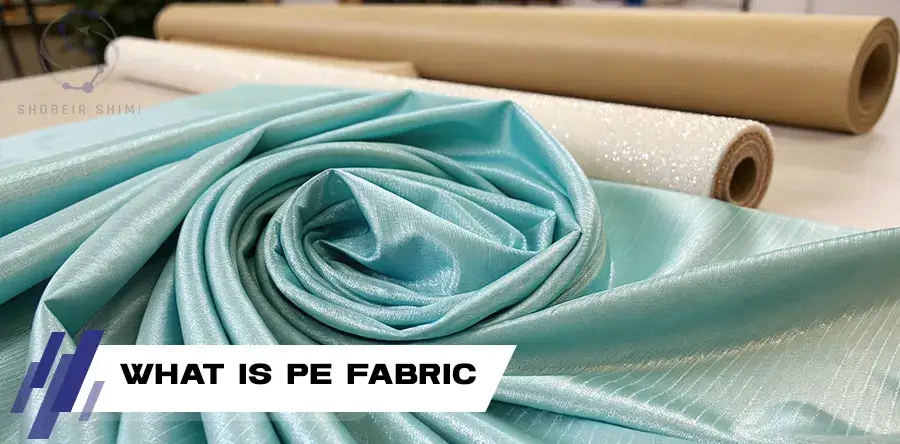
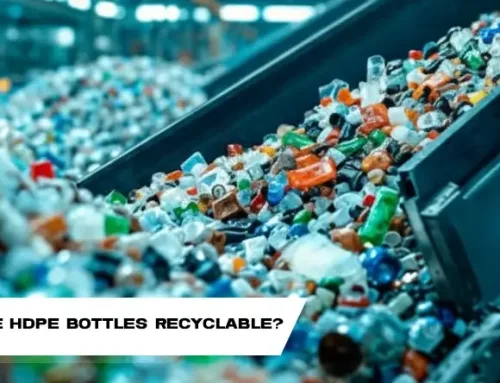
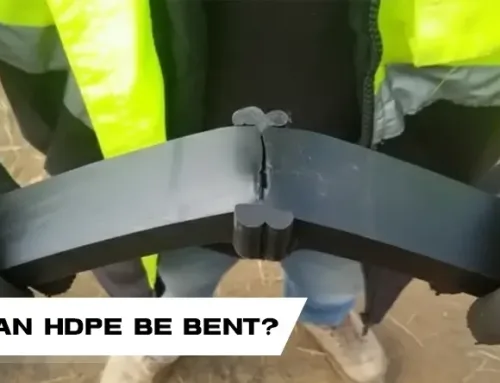
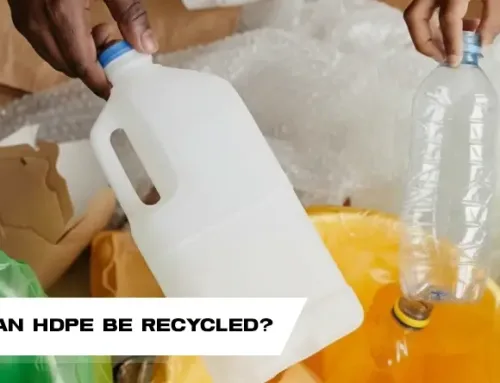

Leave A Comment